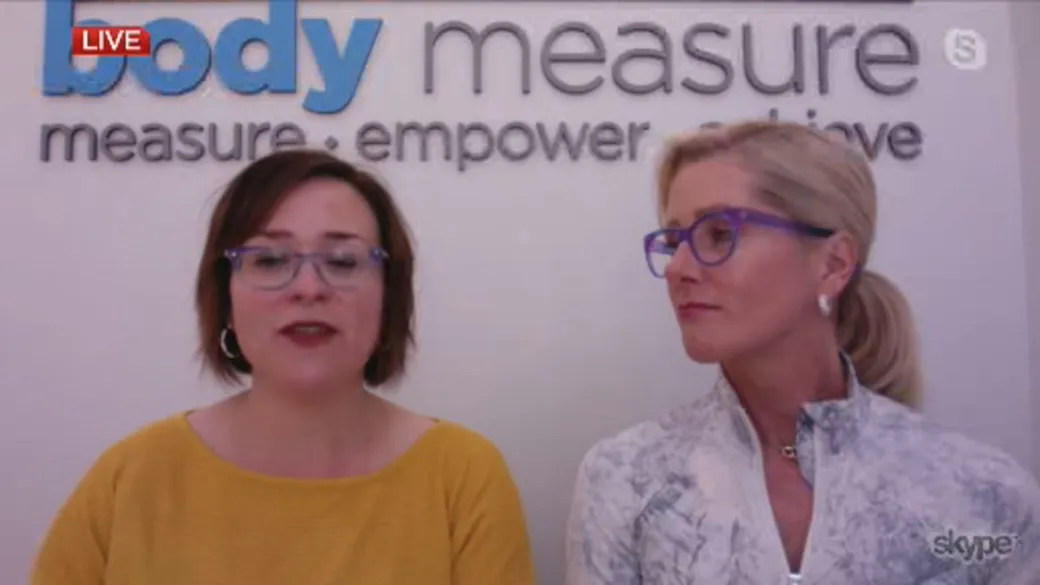

A group of global experts is proposing a new way to define and diagnose obesity, reducing the emphasis on the controversial body mass index and hoping to better identify people who need treatment for the disease caused by excess body fat.

Under recommendations released Tuesday night, obesity would no longer be defined solely by BMI, a calculation of height and weight, but combined with other measurements, such as waist circumference, plus evidence of health problems tied to extra pounds.
Obesity is estimated to affect more than one billion people worldwide. In the U.S., about 40 per cent of adults have obesity, according to the U.S. Centers for Disease Control and Prevention.
“The whole goal of this is to get a more precise definition so that we are targeting the people who actually need the help most,” said Dr. David Cummings, an obesity expert at the University of Washington and one of the 58 authors of the report published in The Lancet Diabetes & Endocrinology journal.
The report introduces two new diagnostic categories: clinical obesity and pre-clinical obesity.
People with clinical obesity meet BMI and other markers of obesity and have evidence of organ, tissue or other problems caused by excess weight. That could include heart disease, high blood pressure, liver or kidney disease or chronic severe knee or hip pain. These people would be eligible for treatments, including diet and exercise interventions and obesity medications.
People with pre-clinical obesity are at risk for those conditions, but have no ongoing illness, the report says.

BMI has long been considered a flawed measure that can over-diagnose or underdiagnose obesity, which is currently defined as a BMI of 30 or more. But people with excess body fat do not always have a BMI above 30, the report notes. And people with high muscle mass — football players or other athletes — may have a high BMI despite normal fat mass.
Under the new criteria, about 20 per cent of people who used to be classified as obese would no longer meet the definition, preliminary analysis suggests. And about 20% of people with serious health effects but lower BMI would now be considered clinically obese, experts said.
“It wouldn’t dramatically change the percentage of people being defined as having obesity, but it would better diagnose the people who really have clinically significant excess fat,” Cummings said.
The new definitions have been endorsed by more than 75 medical organizations around the world, but it’s not clear how widely or quickly they could be adopted in practice. The report acknowledges that implementation of the recommendations “will carry significant costs and workforce implications.”
A spokesman for the health insurance trade group AHIP, formerly known as America’s Health Insurance Plans, said “it’s too early at this point to gauge how plans will incorporate these criteria into coverage or other policies.”
There are practical issues to consider, said Dr. Katherine Saunders, an obesity expert at Weill Cornell Medicine and co-founder of the obesity treatment company FlyteHealth. Measuring waist circumference sounds simple, but protocols differ, many doctors aren’t trained accurately and standard medical tape measures aren’t big enough for many people with obesity.

In addition, determining the difference between clinical and pre-clinical obesity would require a comprehensive health assessment and lab tests, she noted.
“For a new classification system to be widely adopted, it would also need to be extremely quick, inexpensive, and reliable,” she said.
The new definitions are likely to be confusing, said Kate Bauer, a nutrition expert at the University of Michigan School of Public Health.
“The public likes and needs simple messages. I don’t think this differentiation is going to change anything,” she said.
Overhauling the definition of obesity will take time, acknowledged Dr. Robert Kushner, an obesity expert at the Northwestern Feinberg School of Medicine and a co-author of the report.
“This is the first step in the process,” he said. “I think it’s going to begin the conversation.”


